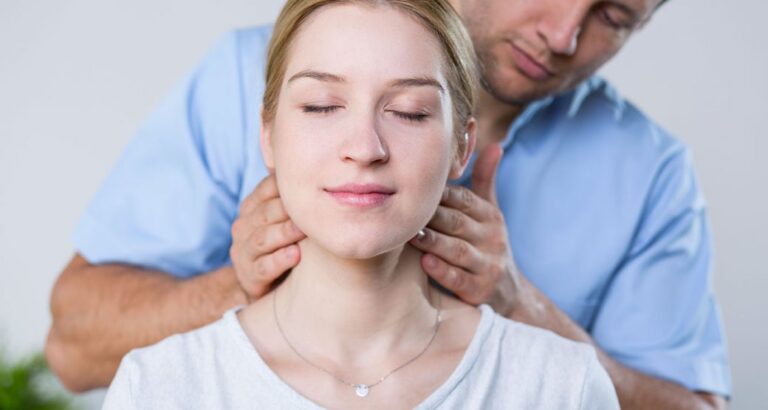Understanding TMJ: How Physiotherapy Can Help
Temporomandibular Joint Dysfunction (TMJ) is a common but often overlooked condition that affects the jaw joint and surrounding muscles. It can cause pain, clicking, and difficulty in jaw movement, impacting daily activities like eating and speaking. At Hope physiotherapy Clinic, we specialise in treating TMJ dysfunction through advanced techniques, including intraoral manual therapy, and acupuncture.
What is TMJ Dysfunction?
The temporomandibular joint (TMJ) connects your jawbone to your skull, allowing movement for talking, chewing, and yawning. Dysfunction in this joint can lead to symptoms such as:
- Jaw pain or tenderness
- Clicking or popping sounds
- Limited jaw movement or locking
- Headaches and ear pain
- Neck and shoulder discomfort
TMJ dysfunction can result from stress, teeth grinding (bruxism), poor posture, or trauma. Fortunately, physiotherapy offers effective treatment solutions. Due to the role of the trigeminocervical nucleus, we will often assess and treat the upper cervical spine region to assist with pain relief associated with TMJ disorders.
Patients are often surprised to find out that physiotherapists can treat TMJ disorders, but the temporomandibular region consists of joints, muscles, ligaments, tendons and nerves like any other body region. Therefore, we approach treatment to this region like we would with any other body region – reduce pain, increase mobility, increase strength, increase function and reduce recurrence. Some techniques require internal access to the temporomandibular region, which patients often remark is similar to when they visit a dentist.
Hands-in-Mouth Therapy for TMJ
One of the most effective physiotherapy techniques for TMJ is hands-in-mouth treatment, also known as intraoral manual therapy. This specialised technique involves:
- Gentle manual manipulation of the internal jaw muscles, such as the masseter, temporalis, and pterygoid muscles.
- Releasing muscle tension and improving jaw alignment.
- Reducing pain and restoring proper jaw function.
Our physiotherapists are highly trained in this technique, ensuring a safe and comfortable experience while addressing the root cause of TMJ pain.
Acupuncture for TMJ Relief
Acupuncture is another effective treatment for TMJ dysfunction. It involves the insertion of fine needles into specific points to:
- Reduce muscle tension and inflammation.
- Improve blood circulation to the jaw area.
- Stimulate the body’s natural pain relief mechanisms.
Acupuncture is a great complement to manual therapy, helping to provide longer-lasting relief and relaxation.
How We Can Help
At Hope Physiotherapy Clinic, we provide a personalised treatment plan tailored to your needs. Combining manual therapy, acupuncture, and self-care exercises, we aim to relieve TMJ pain and restore normal jaw function.
If you are struggling with TMJ symptoms, do not suffer in silence. Book an appointment today with our Senior Physiotherapists Kirsty Davidson or Suzanne Brooker and let us help you regain comfort and mobility in your jaw.
